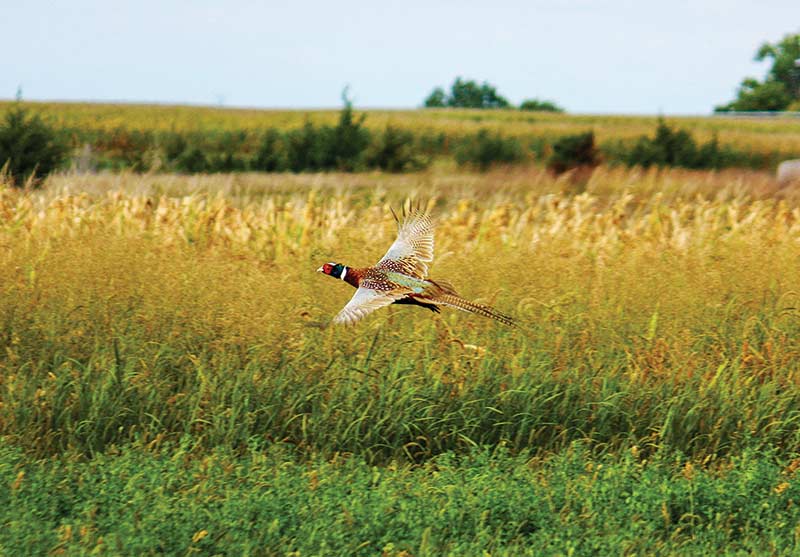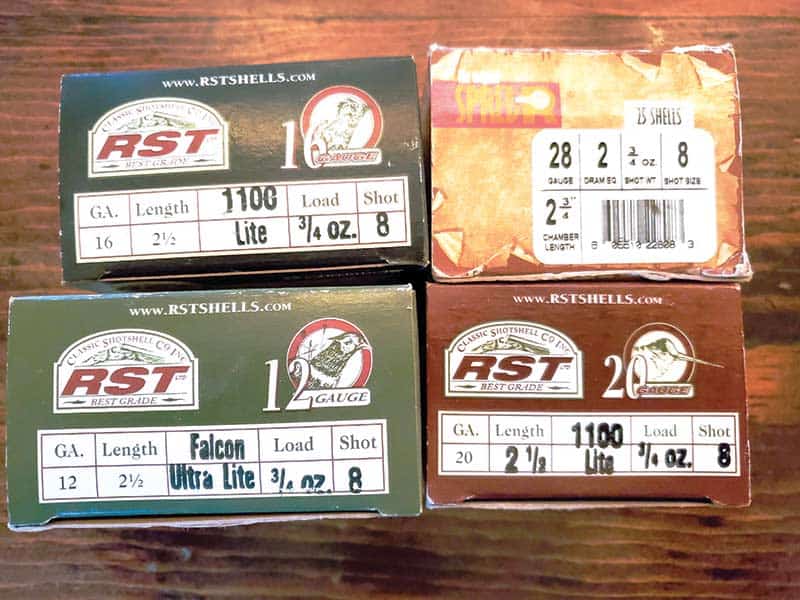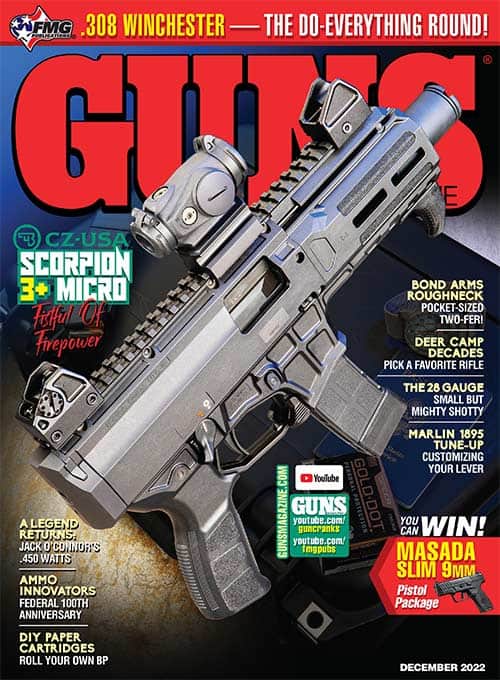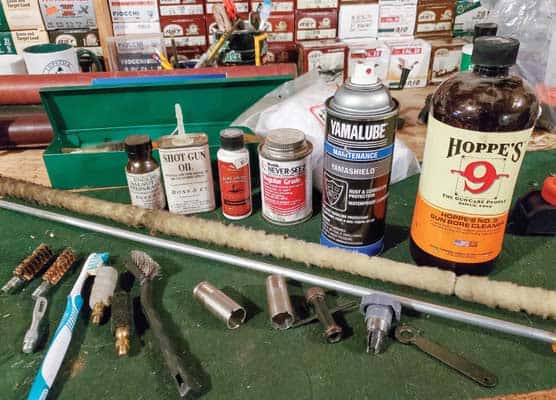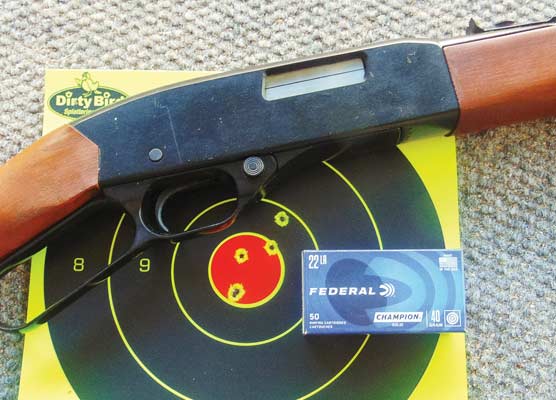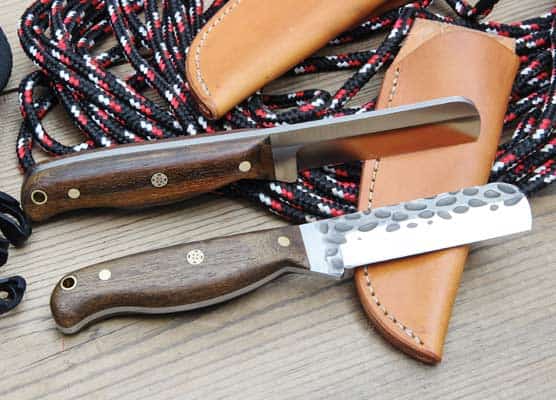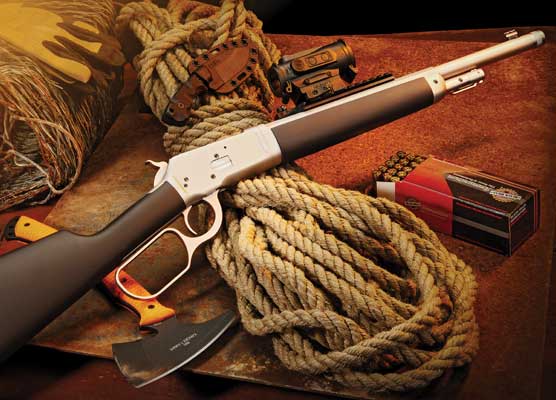Real Deal or Pea Shooter?
The 28 gauge is legit
My buddies gave me grief when I pulled out my 28 gauge in the field. Compared to their 12s and 16s, they said my sub-gauge looked like a peashooter, a kid’s gun, a toy, and compared to their iron, it did. Rather than waste my breath and refer to their arms as a howitzer, a cannon or a bazooka, I made damn sure I dropped a bird before they even fired a shot on the first covey rise.
Small-bore shotguns have always had a cult-like following but more and more shooters are finding out the 28 gauge is legit. Their use is wider than just the bobwhite quail, dove fields or the woodcock coverts. The dramatic increase in shotshell companies manufacturing 28-gauge shells means the small bore has a place in a blind, especially for early season teal and flooded timber woodies.
A Change In Attitude
When shooters pick up a shotgun weighing less than 6 lbs., they almost always feel undergunned. The dramatic improvement in shotshells over the last several decades — most notably harder shot, progressive burning powders and improved wad technology — has created loads lethal for small upland birds like bobwhite quail and dove, for large upland birds like pheasant and even for waterfowl.
For a long time, the ¾ oz. of shot contained in a standard 28-gauge shell has been considered to be a “square load.” It’s not really true, for how could something fit into a rounded cylinder be square? The concept is more important — as payload speed increases there is less weight on the pellets at the bottom of the stack. More pellets stay together, there is less pattern deformation and the majority of the shot arrives on target at the same time. Efficient and excellent patterns have contributed to making the 28 gauge a fan-favorite regardless if the load is truly square.
The light recoil also means you can shoot a 28 gauge all day long. Sore shoulders on a high-volume shoot are a thing of the past and the efficiency is one reason we’re seeing the ¾-oz. load carried forward into other gauges. RST Shotshells has gone so far as to produce a short, 2″ carrying a ¾-oz. load in a 12 gauge. Imitation is the greatest form of flattery and if you shoot the RST two-incher then you’ve just turned your 12 bore into a 28 gauge.
Gamebirds Aren’t Grizzlies
Upland birds have light plumage, their feather stems are thin and all it takes for a shot to be lethal is for a half-dozen pellets to hit their mark. Waterfowl have thicker plumage than upland birds and their feather stems are thicker. Regardless, the point remains the same — rhinos, whitetail or grizzlies they ain’t, thereby making the 28 gauge a good choice for many hunting conditions.
Shooters should think about shot size. There isn’t a tremendous difference in pellet counts on the small sizes. For instance, in a ¾-oz. load of #9 shot you’ll have 439 pellets. Drop down to a size 7-½ shot and you’ll have 263 pellets. In both instances, a lot of pellets are delivered toward a target. Pellet counts fall off quickly with larger shot sizes. A ¾-oz. load of #4s contains 101 pellets, which is a lot less. Shooting mechanics become more important when delivering few pellets to a target and you might need to adjust your style.
Get Used To It
Foes of the 28 gauge are the ones who have a tough time hitting with ’em. There’s some validity in their missing because small bore shotguns have less metal in their frames. There is less metal in their barrels especially if they are a common 26″ length. Overall lighter weights contribute to a whippy gun mount making muzzle rock a leading issue. A 1″ variance at the muzzle is 3′ off at 30 yards. If you’re consistently shooting over birds, then extend your front hand so you’ll have a flatter mount.
Another common issue is not following through. Longer, heavier barrels are commonly found on larger bores and the extra weight makes for easier follow-through. Shorter, lighter barrels require shooters to push their lead hand forward for a proper follow through. To synch your brain and body, just hit the range and shoot a few boxes of 28-gauge shells before a hunt.
Get Choked Up
The other important factor when considering the 28 gauge is chokes. Most shooters favor Skeet 1/Skeet 2 for closer shots. For farther shots, improved cylinder/modified are a good option. Try to shoot as open a choke as you can; the more open your choke, the less pattern deformity.
There’s no reason to shy away from the 28 gauge. Experiment with different chokes and loads and you’ll find a highly efficient load, pleasurable to shoot and a dream to carry all day.
